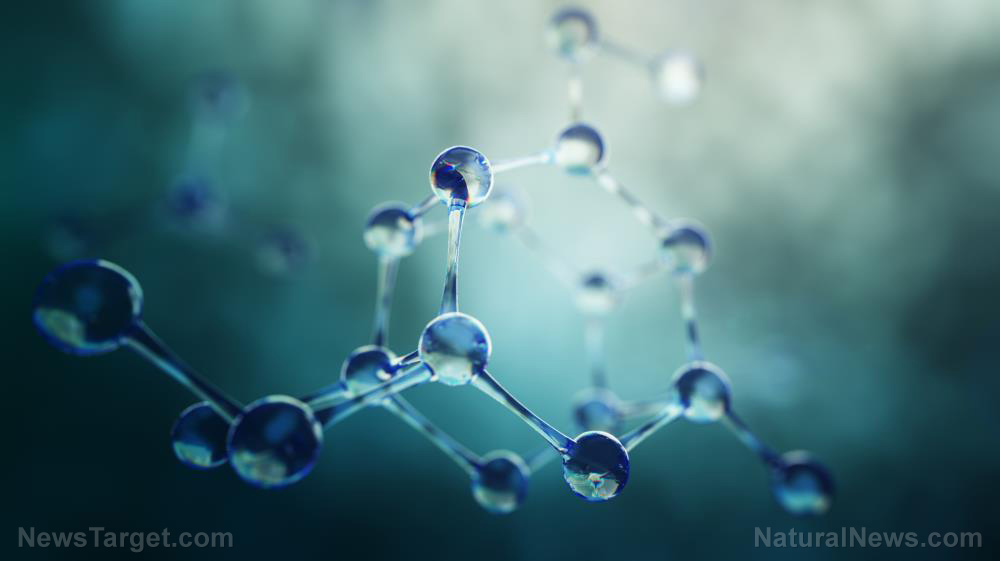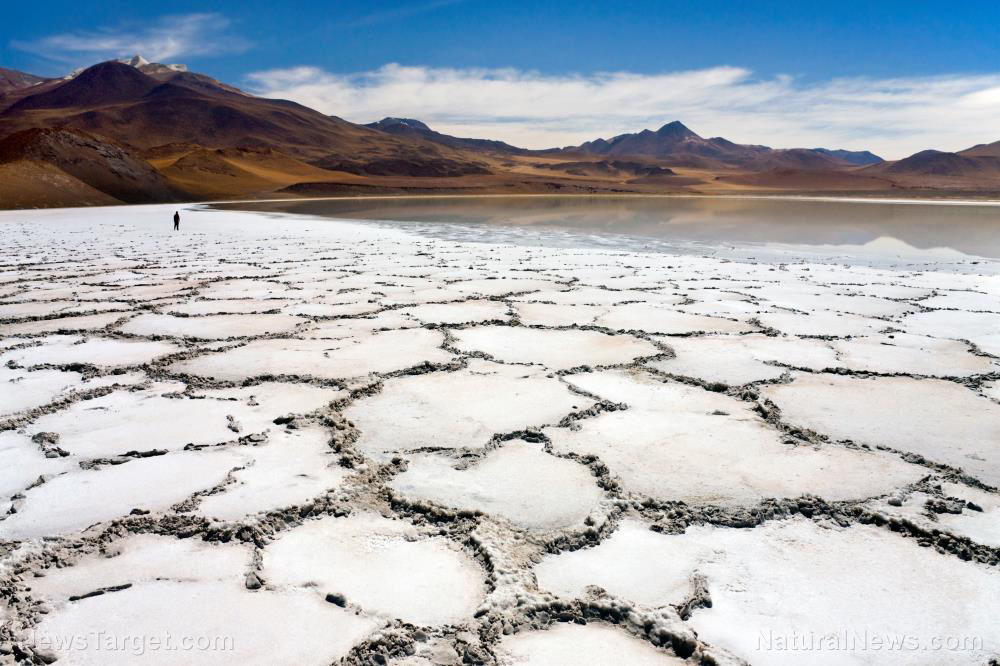ETH Zurich unveils revolutionary photosynthetic material to absorb CO2 from air and build structures
06/29/2025 / By Willow Tohi

- A Swiss research team engineered a living material with cyanobacteria that captures CO2 via photosynthesis and mineralizes it into stable carbonates.
- The 3D-printable material, described as “self-repairing,” hardens over time into a mineral skeleton, ideal for constructing carbon-neutral buildings.
- Over 400 days, the material stored up to 26 mg of CO2 per gram, exceeding other biological sequestration methods.
- The innovation combines dual carbon storage (biomass and mineral form) without requiring high energy, marking a sustainable leap in climate tech.
- Potential applications include building facades that actively combat climate change by sucking CO? from the atmosphere.
Scientists at the Swiss Federal Institute of Technology (ETH Zurich) have invented a groundbreaking photosynthetic material that not only absorbs carbon dioxide (CO?) from the atmosphere but also mineralizes it into solid carbonates, offering a scalable low-energy solution to climate change. By embedding cyanobacteria—photosynthetic microbes—within a 3D-printable hydrogel matrix, the material can grow, harden and even repair itself, paving the way for buildings that act as carbon sinks. Published in the journal Nature Communications, this study marks a major step toward sustainable infrastructure.
The announced material marries biological processes with engineering, addressing the critical challenge of CO? sequestration while tackling the inefficiencies of traditional methods. “This material bridges the gap between natural systems and human-made structures,” said Dr. Mark Tibbitt, an associate professor at ETH Zurich and co-author of the study. “It can almacenar [store] carbon in both biomass and minerals—a unique trait of cyanobacteria.”
How it works: The dual mechanism of CO? capture
The photosynthetic material functions by harnessing cyanobacteria’s ability to convert sunlight, water and CO? into oxygen and sugars—a process that fuels both the bacteria’s growth and the formation of a mineral skeleton. When exposed to nutrients like calcium and magnesium, the microbes trigger microbially induced carbonate precipitation (MICP), a natural process that forms limestone-like structures. Over time, this calcification hardens the material, making it durable enough for construction.
“The carbonate layers act as a ‘self-reinforcing’ framework,” Tibbitt explained. “This allows the material to simultaneously sequester carbon and strengthen its structure without external energy sources.”
The study demonstrated its efficacy over 400 days, tracking CO? storage of 26 milligrams per gram of material. While biomass production peaks after 30 days, mineralization continues, storing carbon in a stable, long-term form. This dual action sets the material apart from conventional carbon-capture systems, which often rely on energy-heavy machinery or temporary storage solutions.
From lab to reality: The promise of carbon-sucking buildings
The material’s versatility lies in its 3D-printable design. ETH Zurich demonstrated customizable molds, creating shapes like pineapples and cubes, suggesting potential for buildings, roadways, or green walls that actively absorb CO? while standing.
“If applied to construction, this could turn cities into carbon-neutral ecosystems,” remarked Dr. Dalia Dranseike, a co-researcher. Imagine skyscrapers that clean the air they stand in, or park pavements that lock away emissions from passing cars.
Historically, biological carbon sequestration focused on forests or algae farms, but such methods struggle with scalability and permanence. ETH’s innovation creates a double win: a resource-efficient carbon sink that doubles as a building material.
The path forward: Overcoming challenges and scaling up
While the results are promising, challenges lie ahead. The material’s lifespan beyond 400 days requires further testing, and large-scale production may face hurdles in nutrient supply and structural integrity. Yet, the team envisions solutions: solar-powered nutrient delivery systems or modular materials that adapt to environments.
“This isn’t a silver bullet,” Tibbitt cautioned. “It’s a new tool in our climate toolkit. Still, its energy efficiency and multifunctionality could reshape how we mitigate emissions.”
A green vision for tomorrow’s infrastructure
As global CO? levels surpass 420 parts per million—the highest in 3 million years—breakthroughs like ETH Zurich’s material offer hope. By mimicking natural systems while integrating engineering ingenuity, the research underscores the power of biomimicry in climate action.
Dr. Lydia Amazouz, a climate tech analyst at the Indian Defence Review, highlights the broader implications: “If deployed widely, such living building materials could transform urban landscapes into regenerative ecosystems. This isn’t just reducing emissions—it’s reversing them.”
The next phase? Scaling the technology to real-world applications—proof that nature and technology, when fused, can engineer a greener future, one print at a time.
Sources for this article include:
Submit a correction >>
Tagged Under:
breakthrough, building materials, carbon dioxide, carbon sequestration, Climate, cool science, discoveries, Ecology, ecosystem, environ, invention
This article may contain statements that reflect the opinion of the author
RECENT NEWS & ARTICLES
COPYRIGHT © 2017 REAL SCIENCE NEWS




















